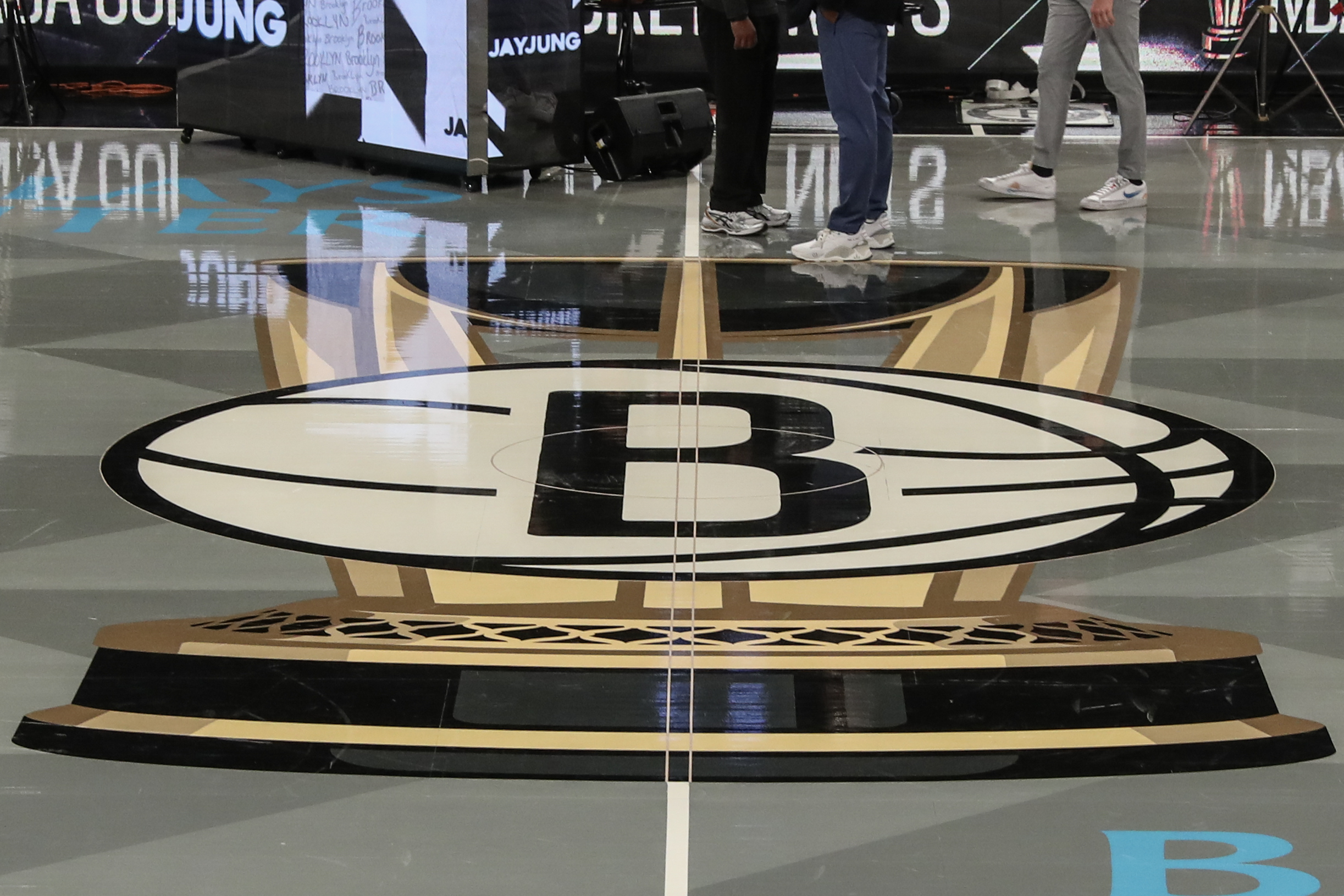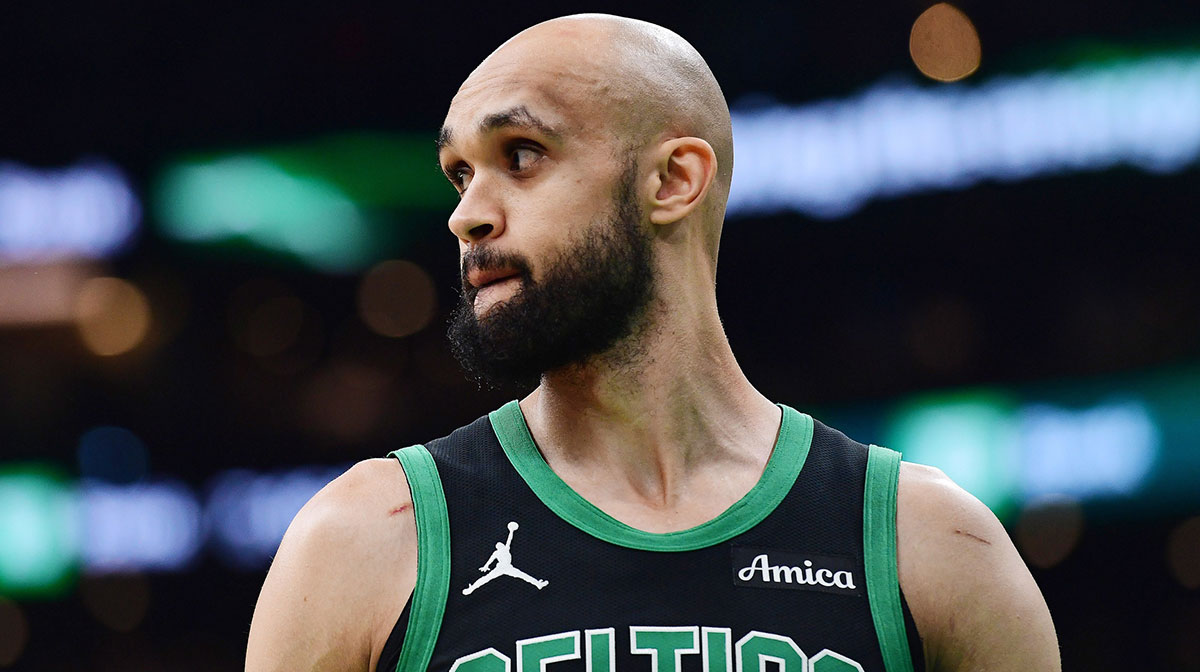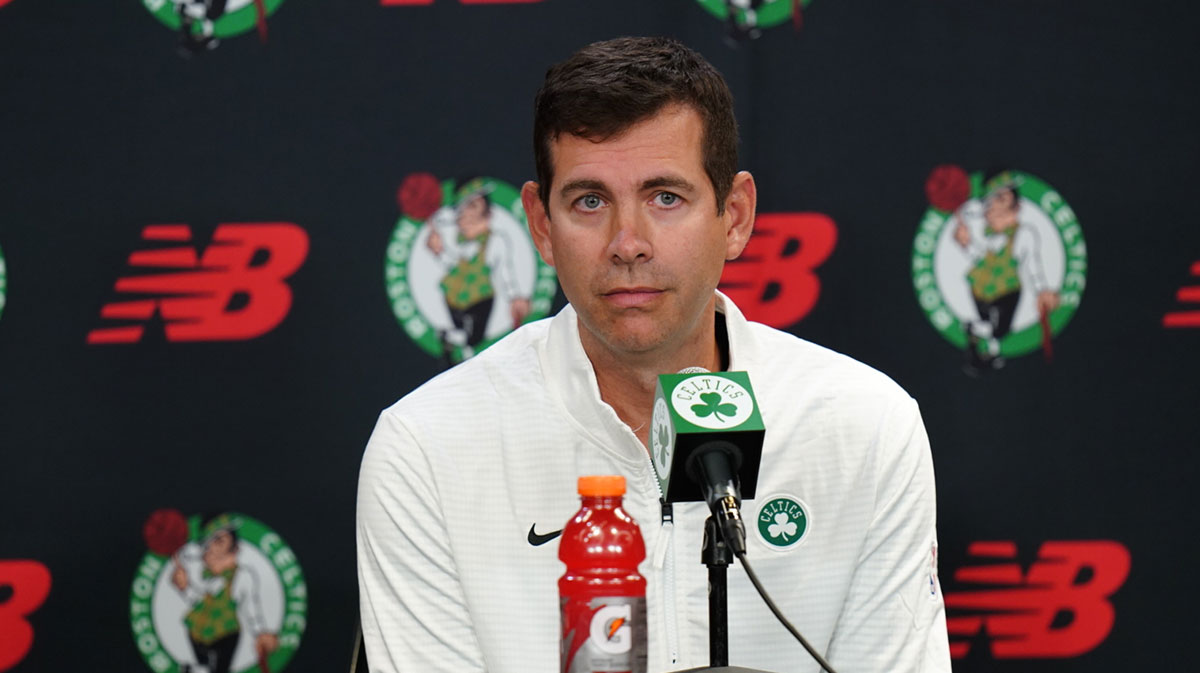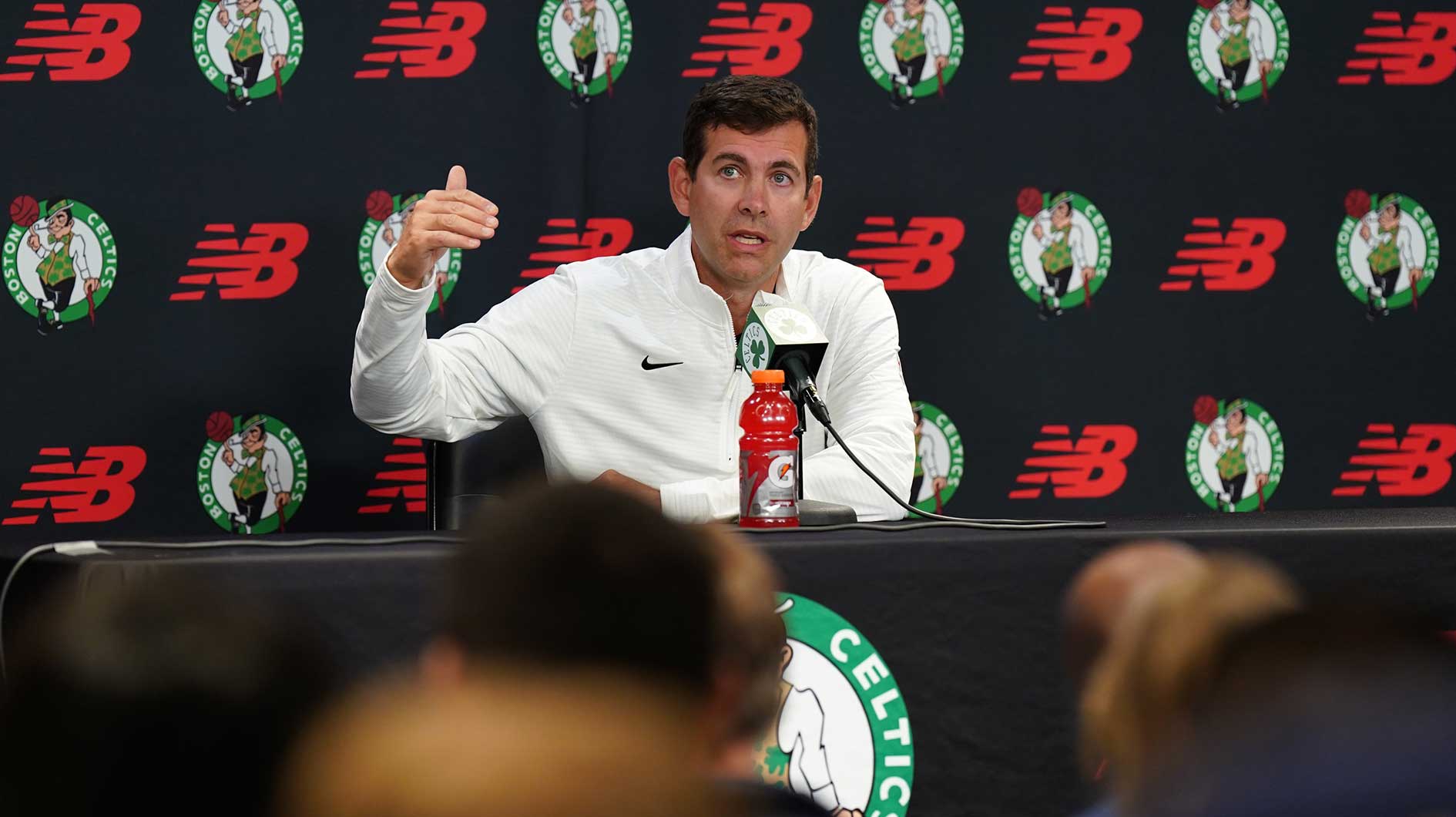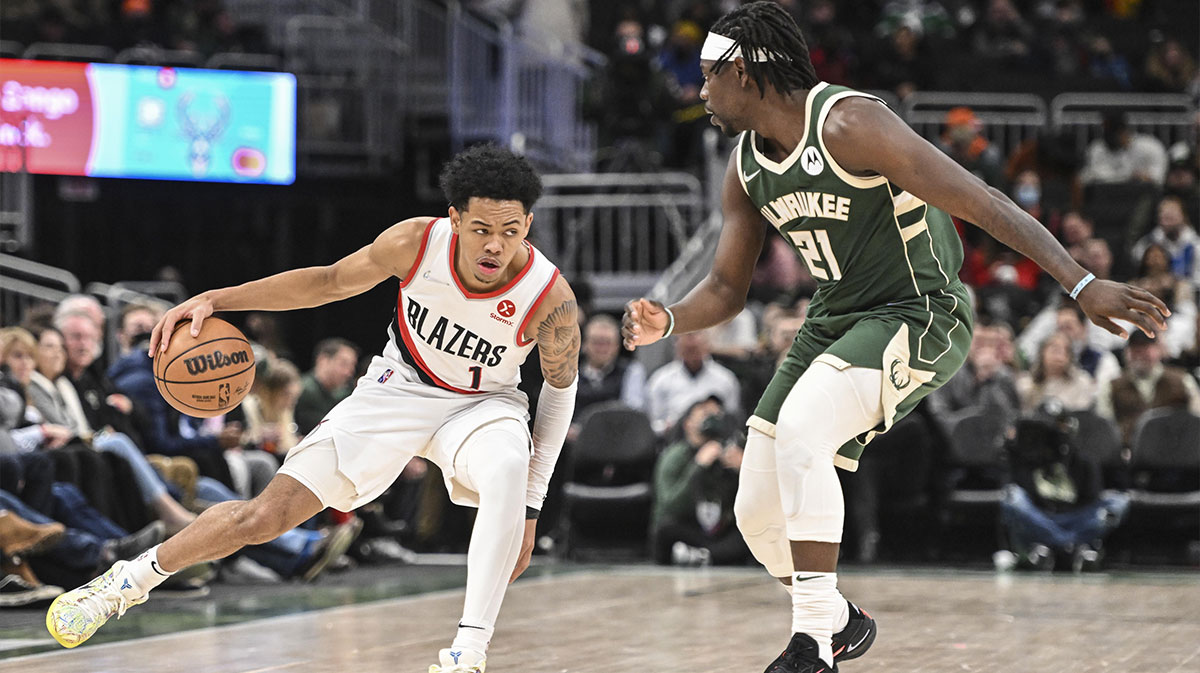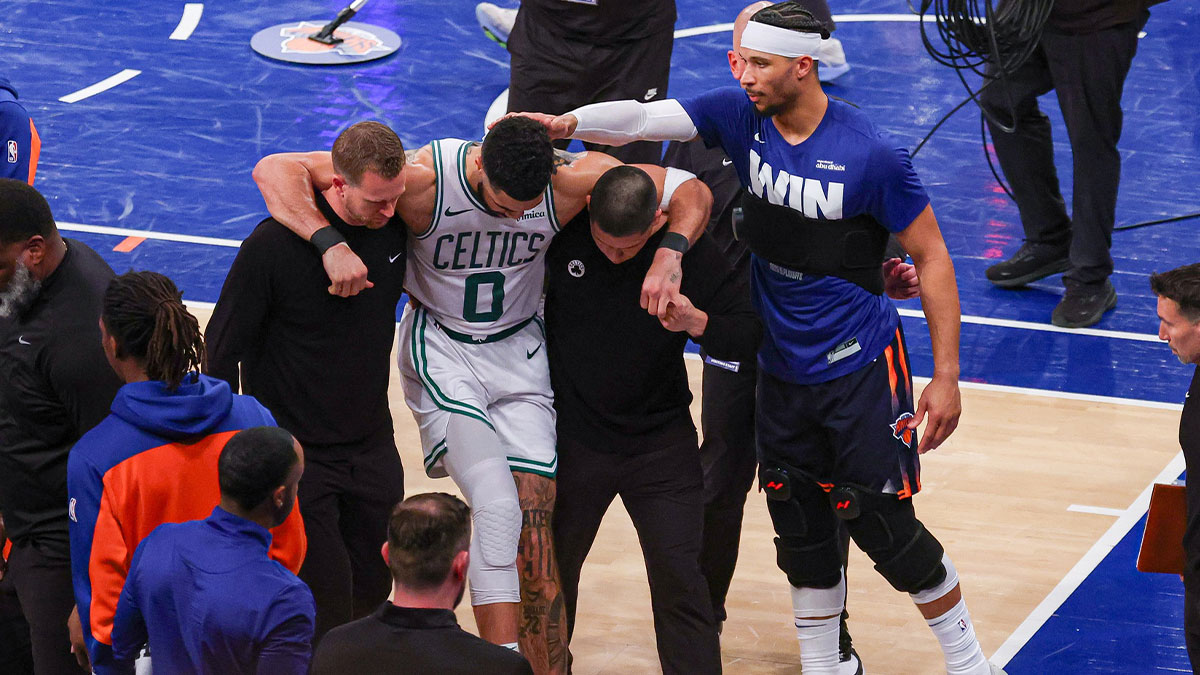After the injury dust settled in Boston, the Celtics, once an early-season favorite to punch a ticket to the NBA Finals, were perceived as an afterthought.
The Toronto Raptors reinvented their offense, boasting the league's best bench and had home court throughout the playoffs. The Philadelphia 76ers were red hot and sported shiny new toys in Ben Simmons and Joel Embiid. The Cleveland Cavaliers had LeBron James, who hadn't lost an Eastern Conference playoff series in nearly a decade.
When the Milwaukee Bucks pushed Boston to seven games while the Sixers dominated the Miami Heat in a gentleman's sweep, the overwhelming consensus was Philadelphia, with its two stars and well-rounded complementary pieces, would handle the Celtics in five or six games.
But the one place the Celtics did hold a significant advantage over their counterparts is in the man, clad in a suit, patrolling the sidelines: head coach Brad Stevens.
Stevens, despite the absences of stars Kyrie Irving, Gordon Hayward, and reserve Daniel Thies, has his Celtics club in the Eastern Conference Finals a second straight season. Against the Sixers, Stevens' coaching wizardry was on full display, maximizing the talent on his roster despite being seemingly outclassed in that category.
With Al Horford and Jayson Tatum serving as the Celtics' best two available players, Stevens made them the hub on the majority of the team's offensive possessions. One such way he did so is by funneling their actions through them using different variations of Horns action.
For those not in the know, Horns is an offensive set in which the two big men are stationed at the elbows while the wings are in the corners and the point guard is the one who initiates the offense. Stevens, though, has Horford, the 4-man, and Tatum, the 3-man, at the elbows.
The Celtics sparingly used it during the fourth quarter of Game 2 but found success a couple of times. On the first occasion, Horns led to a 3-pointer for Terry Rozier:
Tatum tries to beat Robert Covington back door, though to no avail, and Boston flows a dribble handoff into a pseudo-pick and roll between Rozier and Horford, who walls off T.J. McConnell and sparks the open look.
Next time down the floor, the action sends Horford to the free-throw line:
This time, Tatum screens for Rozier and the third-year guard reverses course, taking another handoff from Horford. They parlayed it into a pick and pop and Embiid is late and out of position on the closeout. Horford takes advantage and draws a foul on Embiid, knotting the game at 93.
On the road for Game 3, Boston generated different looks out of the Horns alignment, primarily in the fourth quarter and overtime, which Jeff Siegel of Early Bird Rights broke down.
In the first quarter, Stevens showcased the basic Horns set on three-consecutive possessions, each time leading to a Tatum bucket, highlighting his diverse scoring profile:
The first time, rather than take the handoff from Horford, Tatum slips backdoor around a screen from Marcus Smart and hammers home a dunk while Covington gets caught watching the ball. That play worked because Tatum had flowed the set into a fake dribble handoff in Game 2, which was diagrammed in a previous clip.
On the second bucket, Tatum does snag the handoff and hits a 3-pointer as the shot clock winds down.
The third possession is when Stevens and Co. really get creative. Smart doesn't dump the ball into Horford and instead uses the big man as a screener to shake free from Marco Belinelli. Then, Tatum flares out to the top of the key and Smart slings it to him before the forward gets downhill to create separation (aided by a push-off?) for the jumper.
Boston tucked the Horns set into its bag for a long stretch in Game 4 before retooling it during the fourth quarter. This time, though, Marcus Morris was at the 4-spot as Horford played center.
As opposed to serving as a facilitator, Morris was utilized for screens, allowing Boston to send its rookie around a flurry of loop screens and flow Horns into pick and rolls:
Above, the Celtics are not actually running pure Horns action as Tatum and Morris are not positioned on either of the elbows. Siegel described these sets as plays from Boston's Chest series.
The Celtics have not exploited Belinelli's problematic perimeter defense all series long and that has remained the case on the first clip above. Belinelli bit way too hard on Tatum's subtle jab step and despite the fact he had very little trouble getting over the screen, he was already a step behind his man. The runway is clear for Tatum and he curls to the hoop for an uncontested layup.
Following those four possessions, the Celtics added some variance to the set as Tatum rejects Morris' screen and fades out to the right wing while Morris trails him:
Covington plays too far up and gets caught leaning forward on his toes, allowing Tatum to scoot right by for a layup. Also, note how Horford draws Embiid out of the paint and the second-year center can't serve as a rim protector.
The spacing on these plays is incredibly important. Save for Smart, whose defender, J.J. Redick, is out of the play, every Celtic on the court is a plus shooter from deep, which stretches the floor and gives Tatum clear lanes to the rim.
Boston's Chest series was put on hiatus for much of the quarter following those possessions, but late in the period, with the Celtics down two and needing a bucket, it returned.
However, Boston had a closing lineup of Rozier-Smart-Brown-Tatum-Horford in the game, meaning traditional Horns personnel was utilized with the 4 and the 5 around the foul line:
Tatum fakes like he's going to use the screen and slide to the left wing, but retreats to the right wing, catches the ball with a step on Simmons, creates separation, and buries the pull-up jumper once he had space.
The Celtics ran it again on the next possession, though Tatum did use Horford's screen and the two ran a pick and pop that led to a ho-hum 3-point attempt from Horford as the shot clock ticked down.
In overtime, the Chest series was the star, beginning midway through the frame when Boston got an easy layup for Horford. Although, the bucket was only tangentially related to the beginning action as crisp ball movement and a poorly timed double-team by Ilyasova were the true causes of the basket.
With under two minutes to go, Tatum scored on consecutive possessions out of the Horns action to keep Boston within striking distance:
On the first score, Tatum takes the loop screen and forces Embiid to switch onto him. He sizes up Embiid, weaves into the lane and uses a savvy pump fake to send Embiid flying before kissing it off the glass. Then, Belinelli is late fighting around the screen and Tatum has a look at an open three. Belinelli bites on the pump fake and Tatum finishes through the contact inside.
From there, Stevens' playcalling mastery took over as Boston stole Game 3 and took a commanding 3-0 lead in the series.
That was not the last of this set, though, as it made an appearance in Game 4. In the first quarter, the Horns alignment bred an alley-oop between Smart and Horford:
Much like Game 3, Tatum was the focal point of the Chest series when Stevens reimplemented it during the third quarter of Game 4. Both times, it exposed Simmons' defense, which was problematic through the series:
Tatum has a wide-ranging bag of tricks that are rarely displayed by a rookie. The half-spin to shake Simmons is particularly reminiscent of a move a 10-year veteran would pull out. His ability to carry much of the scoring load as a spry 20-year-old is an integral reason the Celtics are set to square off against LeBron James and the Cavs with a berth in the NBA Finals on the line.
Stevens has molded many of his offensive schemes to match Tatum and Horford's skill sets throughout the playoffs and Horns action, a set that can produce various options, is just another example of that. Coaching can only take a team so far, but the Brad Stevens Train is chugging toward the Eastern Conference Finals.

